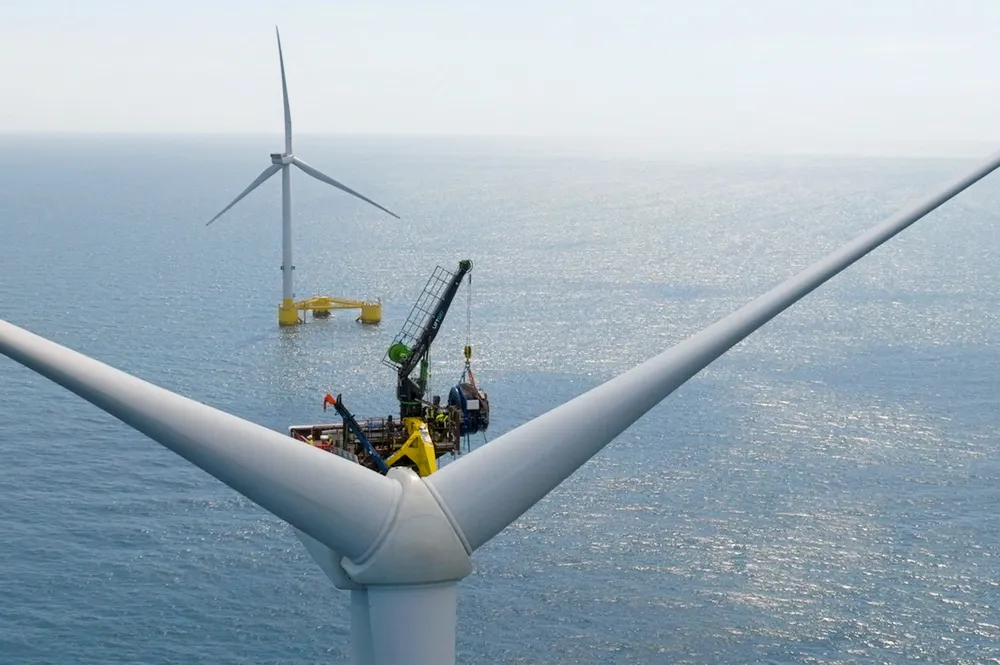'Game changer' claimed as floating wind turbine achieves first major component swap at sea
Up-tower cranes have been used onshore, but replacing a major FOWT component offshore for the first time could ease the concerns of insurers and bankers

Up-tower cranes have been used onshore, but replacing a major FOWT component offshore for the first time could ease the concerns of insurers and bankers
